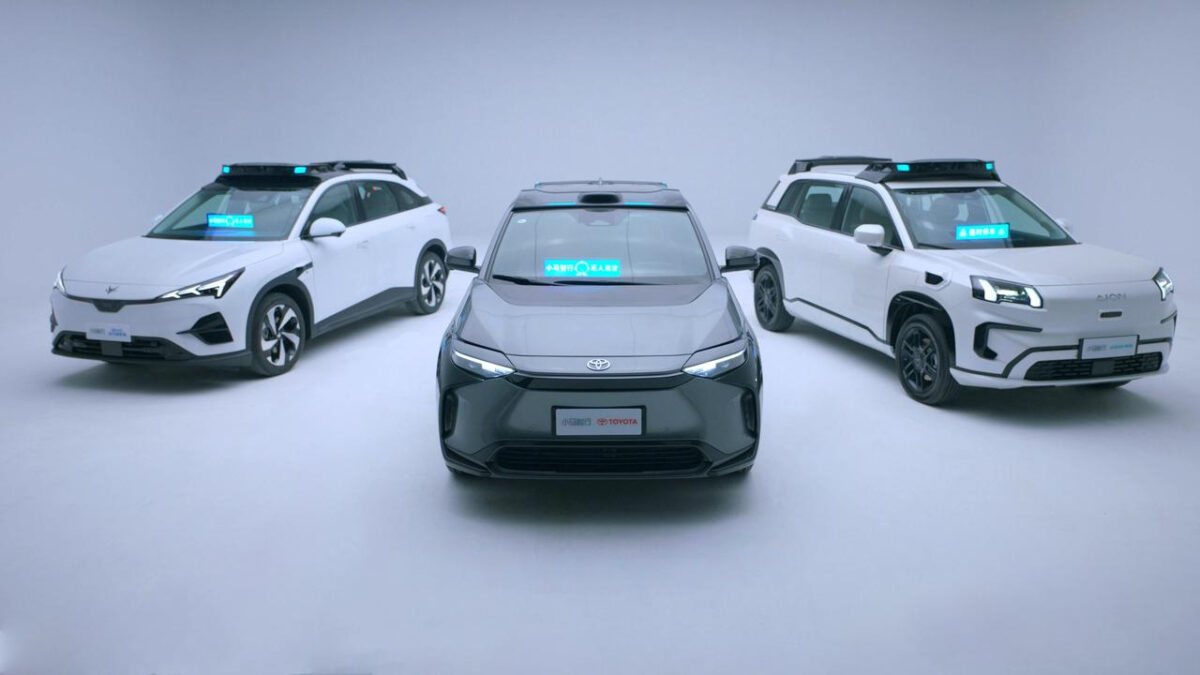
By cutting costs through resource optimisation and partnerships, developers could promote the wider commercialisation of AVs. By Will Girling
Although it’s experienced periods of hype and stagnation, autonomous vehicle (AV) technology has made rapid progress in recent years, with several companies in the US and China now offering paid rides to the public. From a value of US$400m in 2023, the global robotaxi market is expected to be worth almost US$46bn by 2030, according to MarketsandMarkets.
However, the expense of building, maintaining, and upgrading AV fleets poses a serious challenge to the profitability of the business model. Unavoidable costs include hardware (sensors, chips, etc.), R&D (software, verification and validation, hiring), daily operations (charging, maintenance, insurance, support staff), and compliance with evolving safety standards.
The amount of cash required will vary by developer, but AVs aren’t a cheap venture for anyone. During Uber’s Q4 2024 earnings call, for example, Chief Executive Dara Khosrowshahi stated that his company spends around US$2m per mile, not including marketing. As competition in the robotaxi space heats up, the ability to cut costs while still delivering a reliable and safe ride experience could be a core differentiator.
Asset light, AI empowered
James Peng, Co-Founder and Chief Executive of Pony.ai, tells Automotive World that cost reduction will be imperative for expanding access to and deploying AVs around the world. “When the cost of a single vehicle is reduced, the break-even point for the business can be reached more quickly, making the business model more sustainable.” He believes pursuing this goal will transform the autonomous driving industry from high-cost luxury to essential infrastructure. This will create a virtuous cycle that promotes the wider commercialisation of AV technology and accelerates its deployment in varied markets and use cases.
Pony.ai claims its own approach—“asset light, AI empowered”—has resulted in substantial cost savings. The bill of materials (BOM) for its seventh-generation autonomous driving kit, called ‘Gen 7’, was a 70% reduction on the previous version. The company achieved this in the first instance by transitioning supply chains. The first generation of AVs was restricted by a lack of specialised components, resulting in a patchwork of retrofitted solutions. “The key is using automotive-grade hardware,” Peng states. Examples include switching from mechanical LiDAR to solid-state LiDAR, and from industrial PCs to electronic control units.

“Software optimisation is also necessary,” he continues. “Through neural operators, we can accelerate performance three-fold using the same computing power.” Neural operators are a type of deep learning neural network that solves complex problems, such as partial differential equations when mapping a vehicle’s environment, faster and with less effort. Pony.ai claims they allow its system to recognise and track up to 500 pedestrians around large intersections.
The power of partnerships
While companies like Tesla opt for an entirely self-developed ecosystem, Peng emphasises the importance of collaboration for scaling AV production cost effectively. By working with automakers like Toyota, BAIC and GAC, Pony.ai has managed to slash costs per vehicle by sharing the upfront expense of hardware. Partnerships with taxi and ride-hailing providers like Uber and Xihu Group also bring extensive experience concerning fleet management and local safety regulations, which an AV developer might struggle with alone.
Perhaps most significant are collaborations with other tech players. In April 2025, Pony.ai announced a strategic partnership with Tencent Cloud and Smart Industries Group, allowing it to leverage an ecosystem of cloud computing, Big Data, and AI infrastructure. Peng explains that these resources will boost Pony.ai’s proprietary virtual model, PonyWorld, by more effectively teaching its system how to react in real-world situations. He states that high-performance, simulation-based testing throughout the AV lifecycle will create a “solid foundation” for the industry based on adaptability and precision during “extreme scenarios”.
Peng credits such partnerships as providing “a significant step forward” for Pony.ai’s ongoing journey toward large-scale commercialisation. By mitigating the cost of developing an in-house tech framework on which robotaxi innovation is then built, Pony.ai can immediately work on differentiating its services. Peng expects Tencent to help the company expand its user reach, deliver safer and more efficient smart transport solutions, and facilitate in-vehicle infotainment innovations that “elevate” the robotaxi experience.
Considering the competition
At the time of writing, AV developers around the world are racing to achieve the first scalable robotaxi service. Efforts have generally been concentrated in China and the US, but there is evidence that Europe, Japan, and the Middle East could catch up as native start-ups expand and legislators provide the regulatory basis for autonomous operations. Everyone is trying to prove their solution can be financially viable, and there is debate about what application will score an early victory.
But what comes next? “After the technology reaches a certain level, the next stage will be competition in the number of mass-produced vehicles and the number of service orders,” says Peng. This underscores the importance of a low BOM and an ecosystem of required expertise to run safely and efficiently. “Then, the challenge will be operational capabilities, including vehicle dispatch, remote assistance, and predictive maintenance. Integration with the digital ecosystem and exploration of more business models will also be important directions for the next stage of development.”
The next stage will be competition in the number of mass-produced vehicles and the number of service orders
Pony.ai’s Gen 7 has achieved more than 500,000 hours of full-scenario, all-weather and fully driverless operations, with a claimed safety profile ten times better than human driving. By the end of 2025, the company aims to expand its fleet to around 1,000 vehicles, which Peng expects to achieve a positive contribution margin per unit and bring the company closer to overall profitability. As AVs transition from experiment to fully-fledged industry, all operators should consider what value they themselves can deliver and be open to partnerships for the rest.








